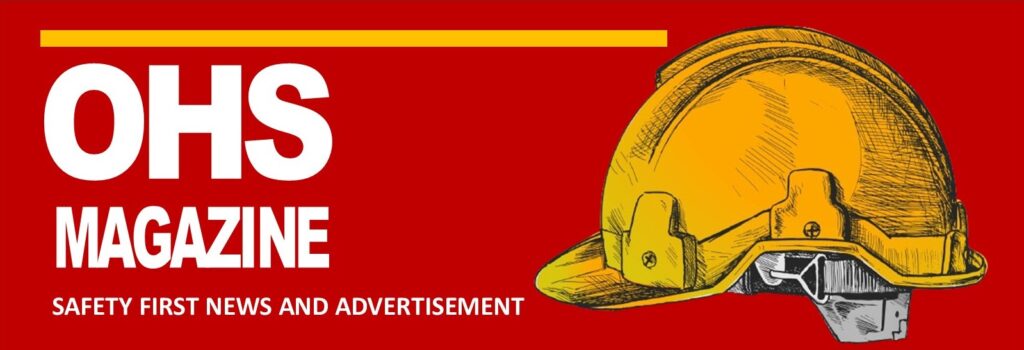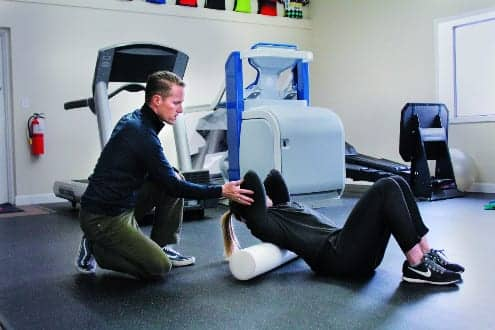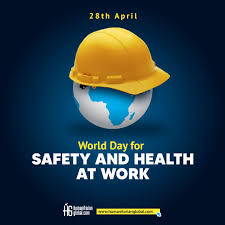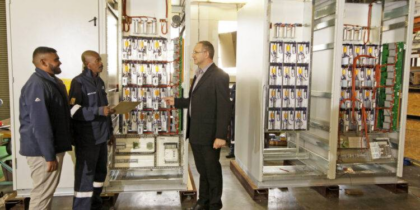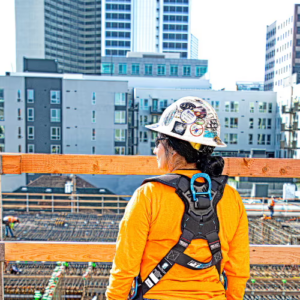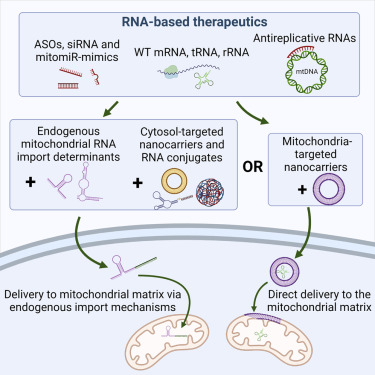Cutting-Edge Recovery and Rehabilitation Techniques for Athletes: Cryotherapy, Hyperbaric Oxygen Therapy, and Regenerative Medicine. In the high-stakes world of professional sports, the margin between victory and defeat can be razor-thin. Athletes constantly push their bodies to the limit, and recovery becomes as crucial as training itself. Today, cutting-edge recovery and rehabilitation methods are helping athletes bounce back faster and perform better. Among these innovative techniques, cryotherapy, hyperbaric oxygen therapy (HBOT), and regenerative medicine stand out as game-changers. Here’s an in-depth look at these advanced treatments and how they are revolutionizing sports recovery.
Cryotherapy: The Power of Cold
Cryotherapy involves exposing the body to extremely cold temperatures for short periods, typically using a cryo chamber or localized treatments. This method is gaining popularity among athletes for its potential to reduce inflammation, enhance muscle recovery, and alleviate pain.
Athletes like LeBron James and Cristiano Ronaldo have publicly endorsed cryotherapy, attributing their quick recovery from intense training sessions and minor injuries to this treatment. The process works by constricting blood vessels and reducing swelling during the cold exposure, then expanding them afterward, which helps flush out toxins and increase blood flow, promoting healing.
Hyperbaric Oxygen Therapy: Breathing New Life into Recovery
Hyperbaric oxygen therapy (HBOT) involves breathing pure oxygen in a pressurized room or chamber. This increased pressure allows the lungs to gather more oxygen than would be possible at normal air pressure. The oxygen-enriched blood then promotes faster healing of tissues and reduces inflammation.
NFL star Joe Namath credits HBOT with significantly aiding his recovery from concussions and other injuries. The therapy is particularly beneficial for treating traumatic brain injuries and enhancing overall recovery. By increasing the oxygen supply to damaged tissues, HBOT accelerates the body’s natural healing processes, reduces fatigue, and improves cognitive function.
Regenerative Medicine: Healing from Within
Regenerative medicine, including treatments like platelet-rich plasma (PRP) therapy and stem cell therapy, is at the forefront of sports medicine. These treatments aim to repair or replace damaged tissues, harnessing the body’s healing capabilities.
PRP therapy involves injecting a concentration of a patient’s own platelets into injured areas, promoting tissue repair and reducing inflammation. Tennis star Rafael Nadal has used PRP therapy to treat knee injuries, allowing him to return to top form quickly.
Stem cell therapy, another promising technique, involves using stem cells to regenerate damaged tissues. It has shown potential in treating a variety of sports injuries, from torn ligaments to cartilage damage. Professional athletes, such as Peyton Manning, have turned to stem cell treatments to prolong their careers and recover from severe injuries.
Success Stories: Athletes Leading the Way
Many athletes have found these cutting-edge treatments to be instrumental in their recovery and overall performance enhancement. LeBron James, for instance, is known for his rigorous recovery regimen, which includes cryotherapy sessions that help him maintain peak physical condition throughout the grueling NBA season.
Similarly, Cristiano Ronaldo incorporates cryotherapy into his routine, allowing him to recover swiftly from the demands of high-intensity soccer matches. Joe Namath’s use of HBOT has not only helped him recover from the physical toll of his football career but also brought attention to the therapy’s benefits for brain health.
Rafael Nadal’s successful use of PRP therapy for his knees has been well-documented, showcasing how regenerative medicine can extend the careers of elite athletes. Peyton Manning’s stem cell treatment highlights the potential for advanced therapies to address severe injuries that might otherwise end an athlete’s career.
The Future of Athlete Recovery
As the field of sports medicine continues to evolve, the integration of these advanced recovery techniques will likely become even more widespread. With ongoing research and development, the effectiveness and accessibility of cryotherapy, hyperbaric oxygen therapy, and regenerative medicine will improve, offering athletes more options to maintain their health and performance.
In conclusion, cryotherapy, HBOT, and regenerative medicine are transforming how athletes approach recovery and rehabilitation. These cutting-edge techniques not only speed up the healing process but also enhance overall athletic performance, setting a new standard for sports medicine. As more athletes and teams adopt these methods, the boundary between training and recovery will continue to blur, leading to longer, healthier careers and even more impressive athletic achievements.
